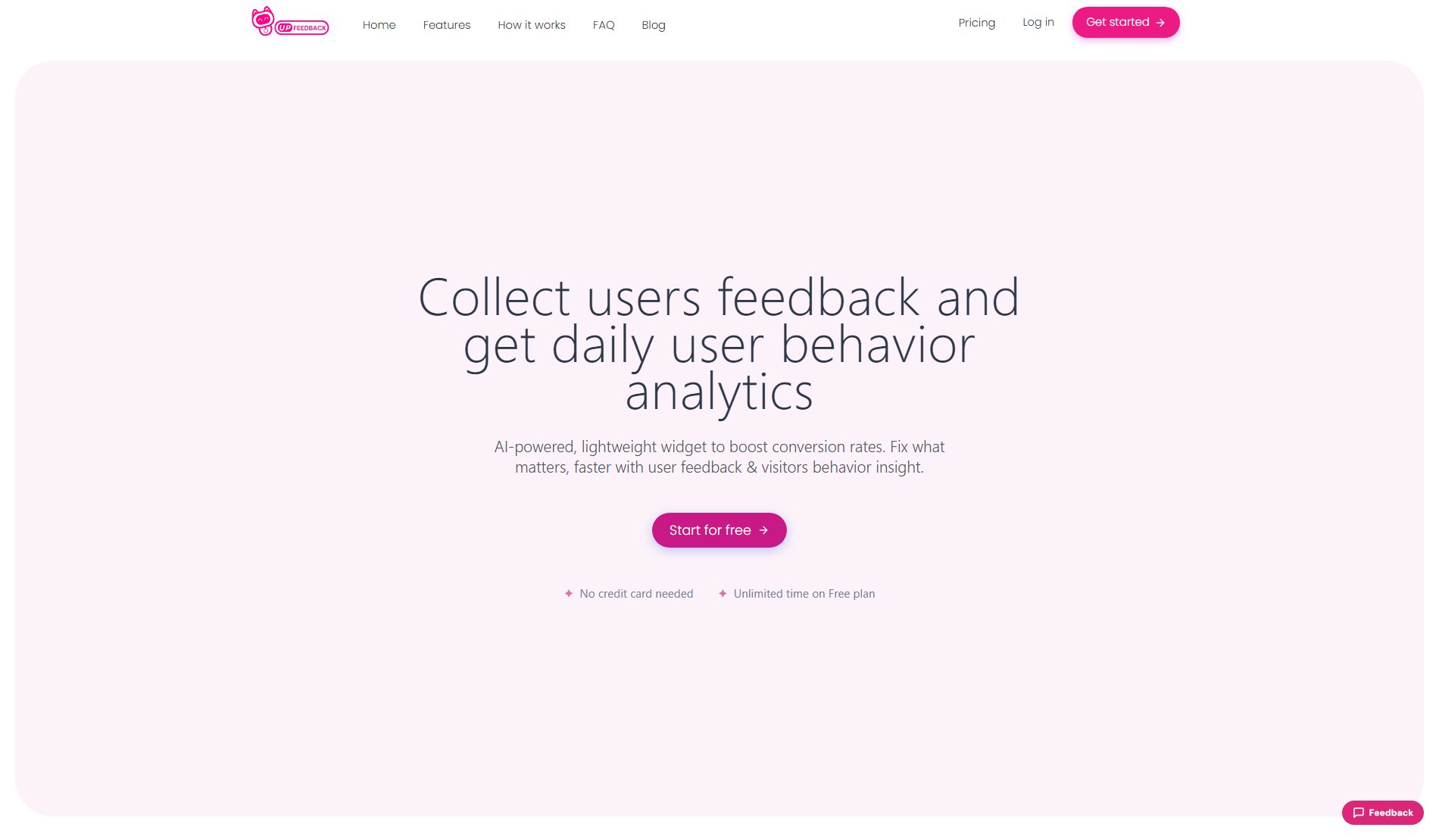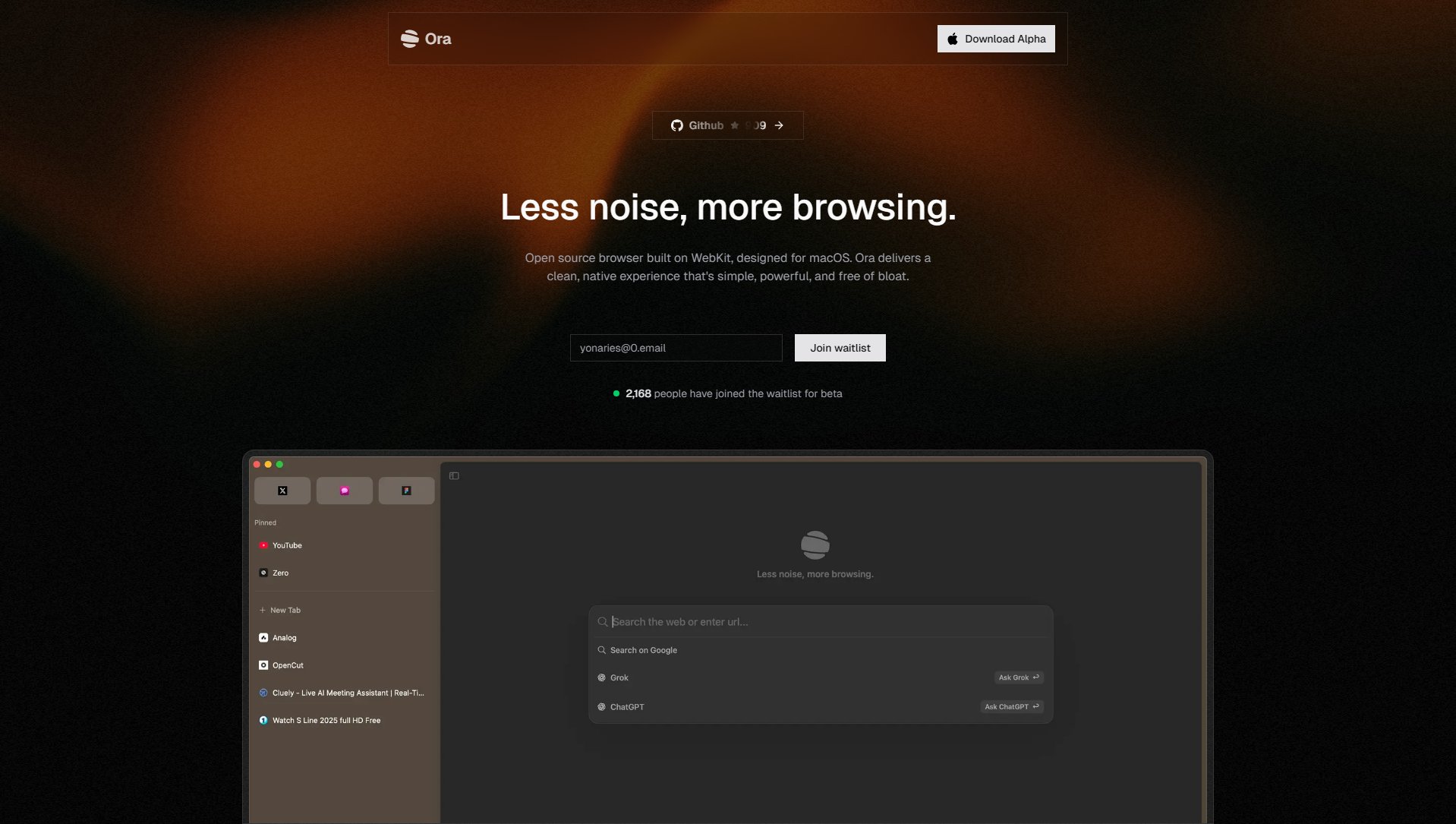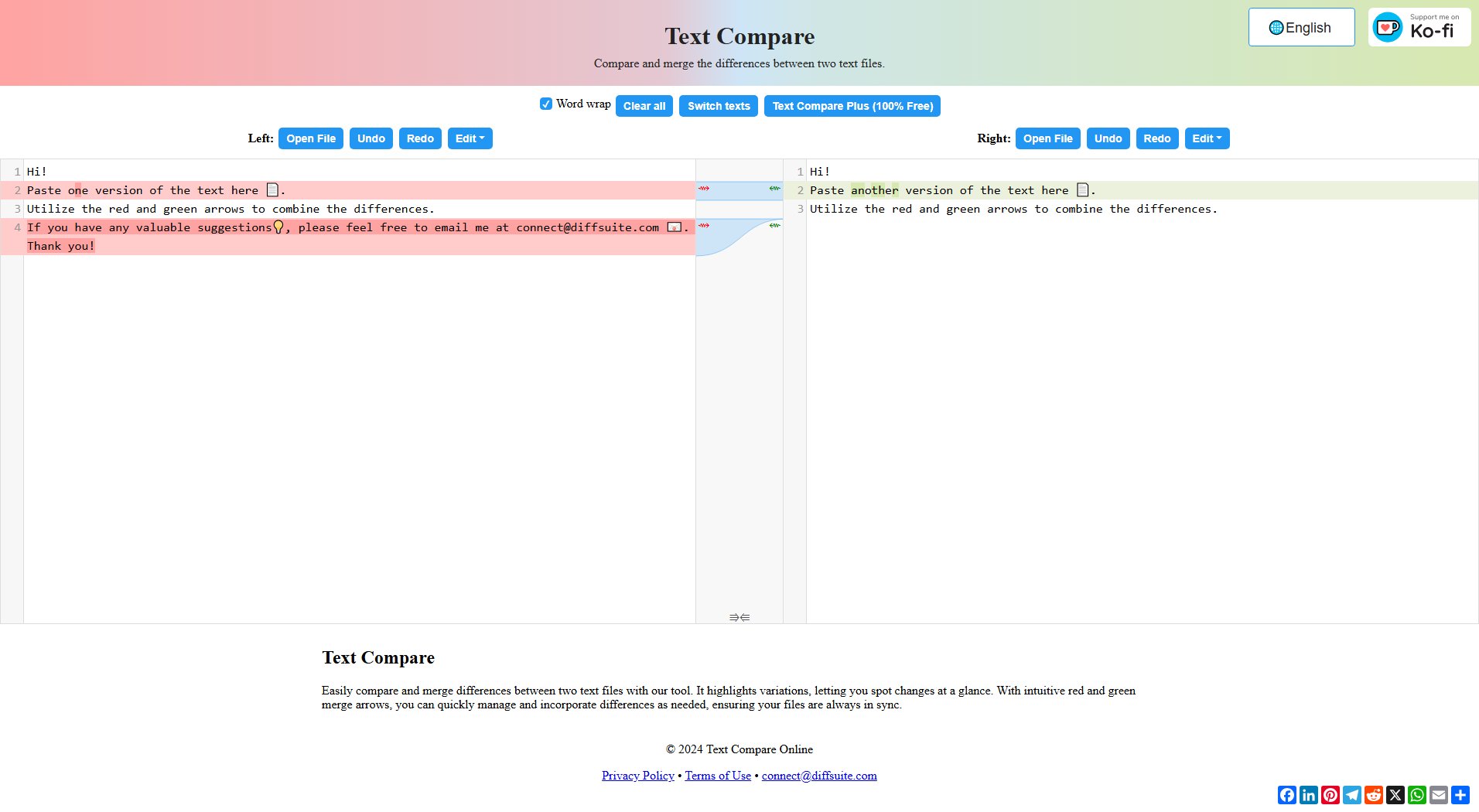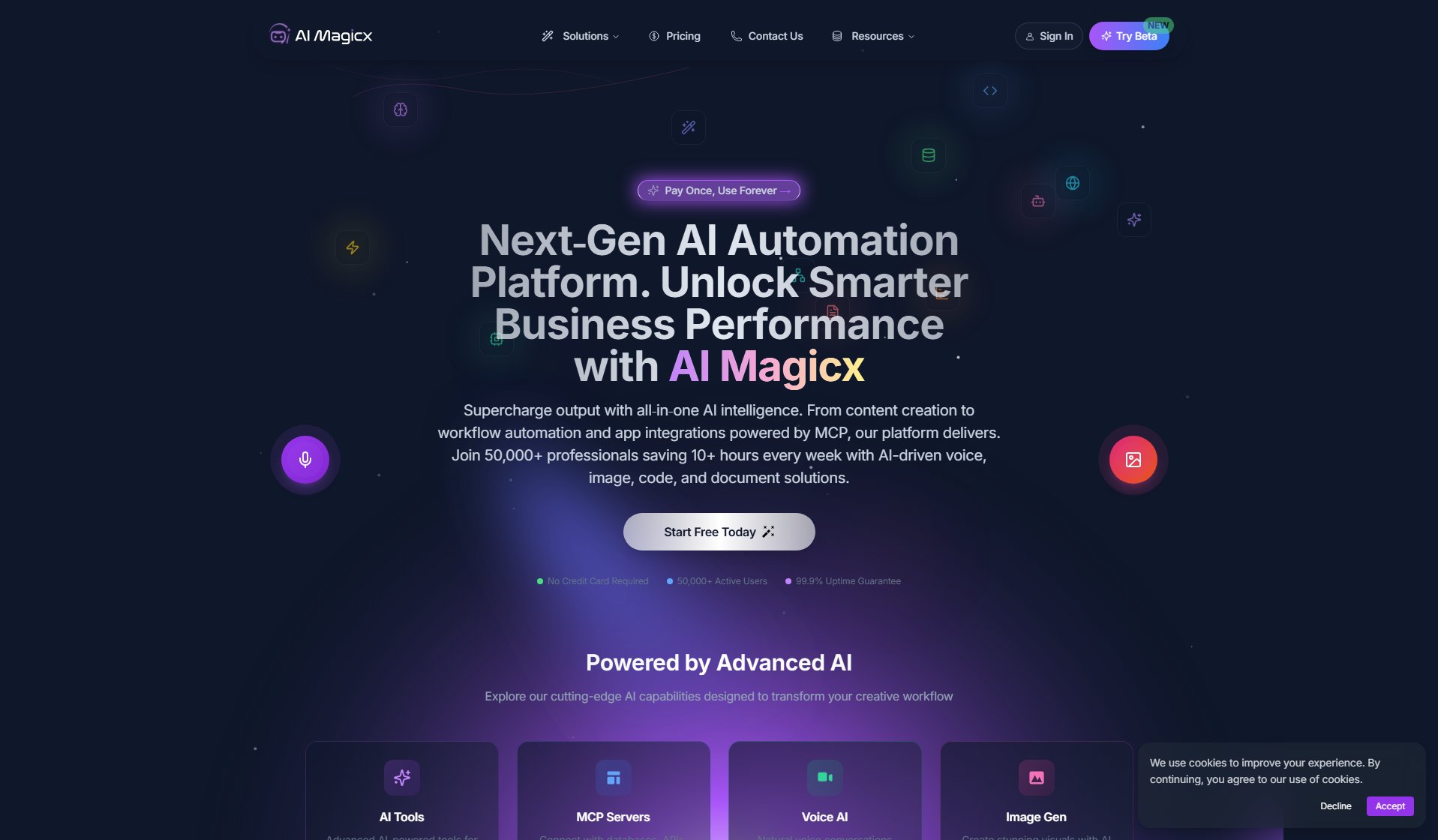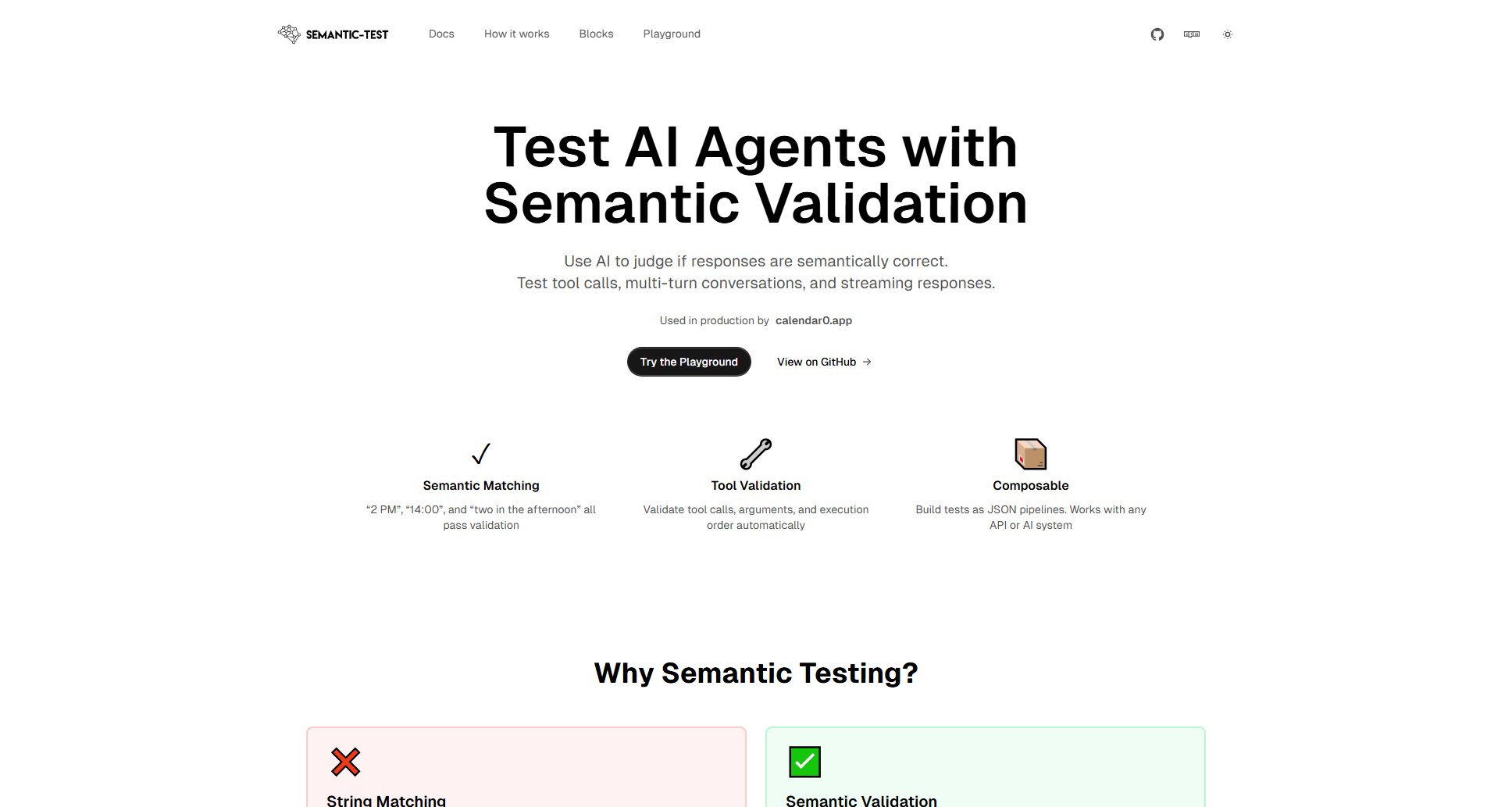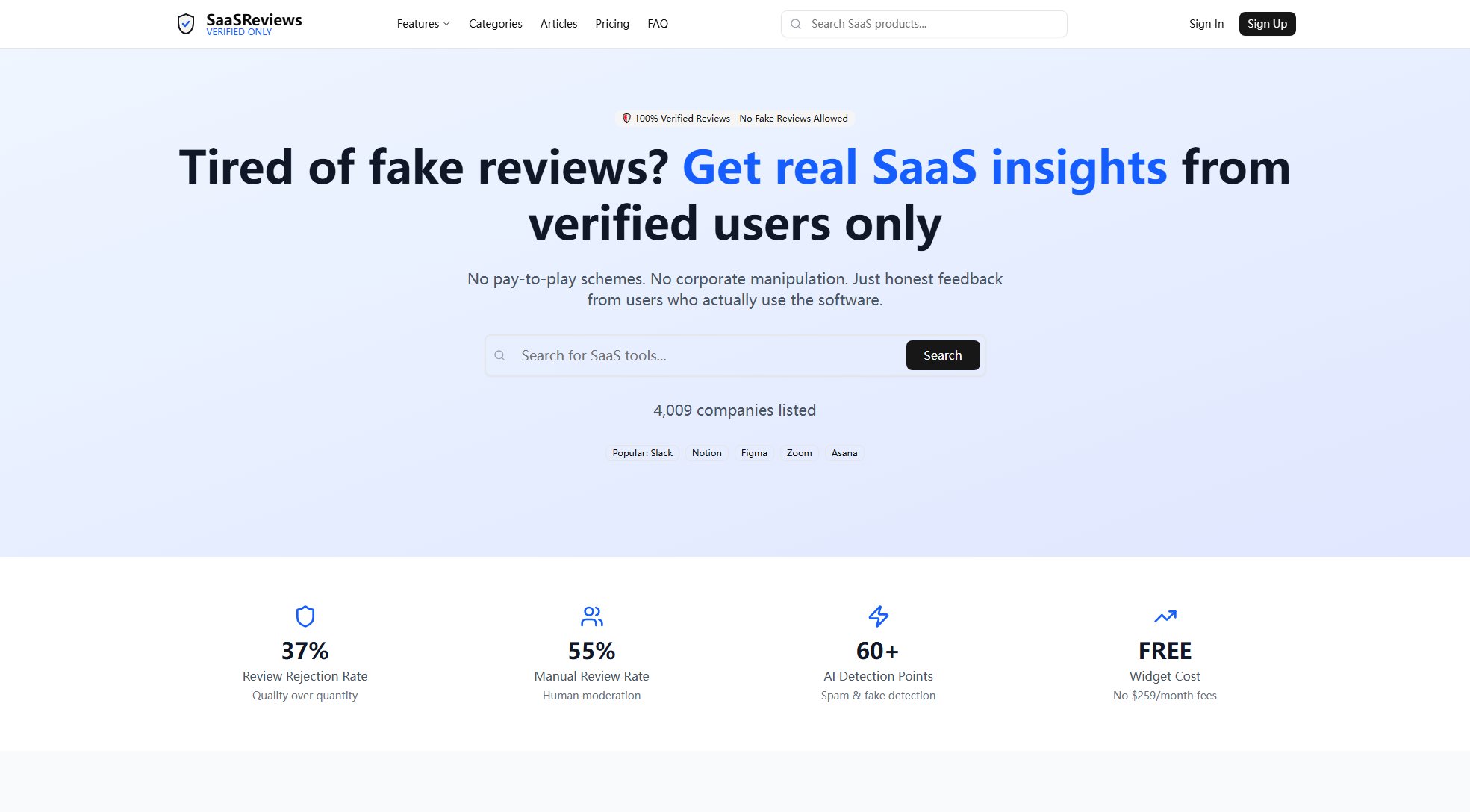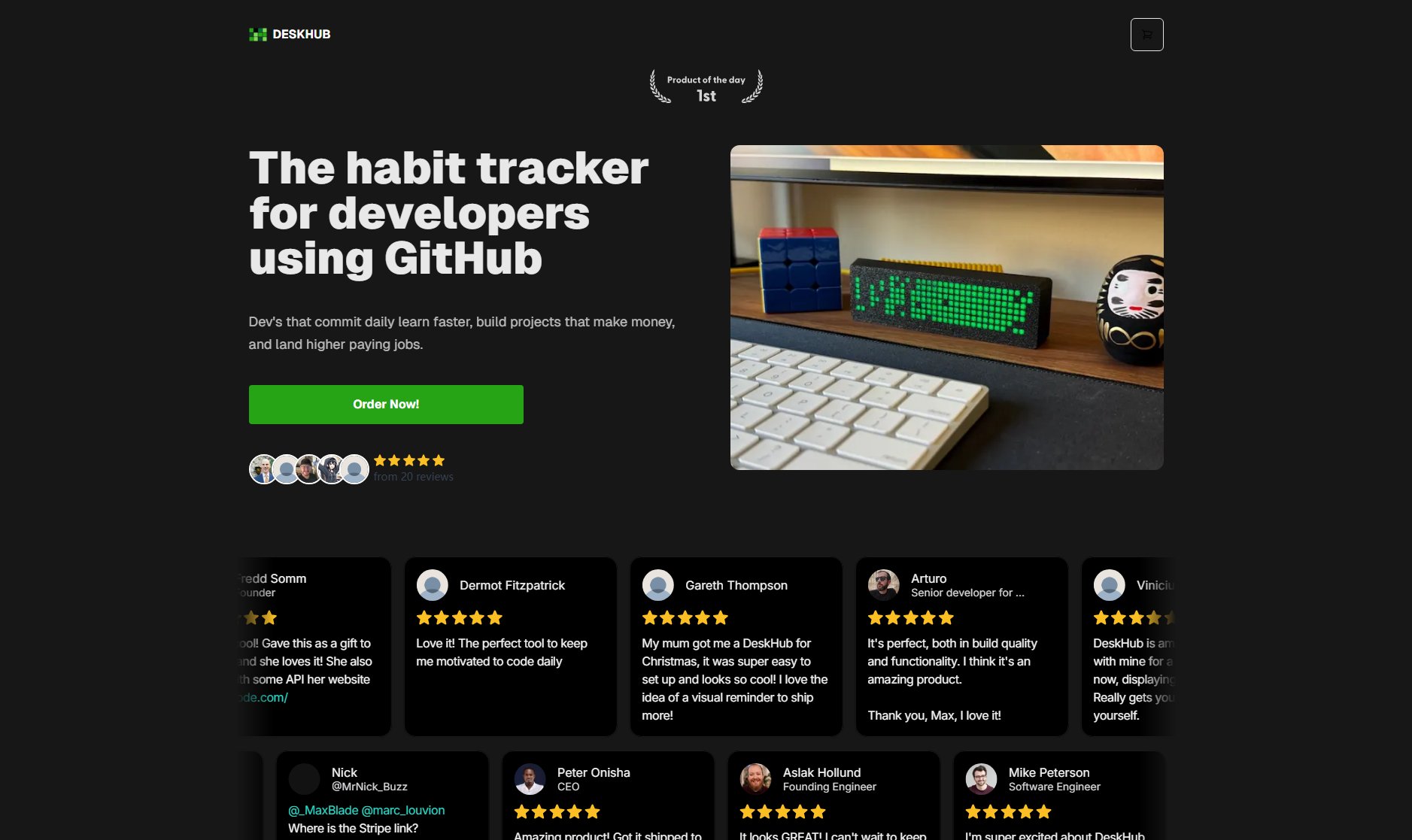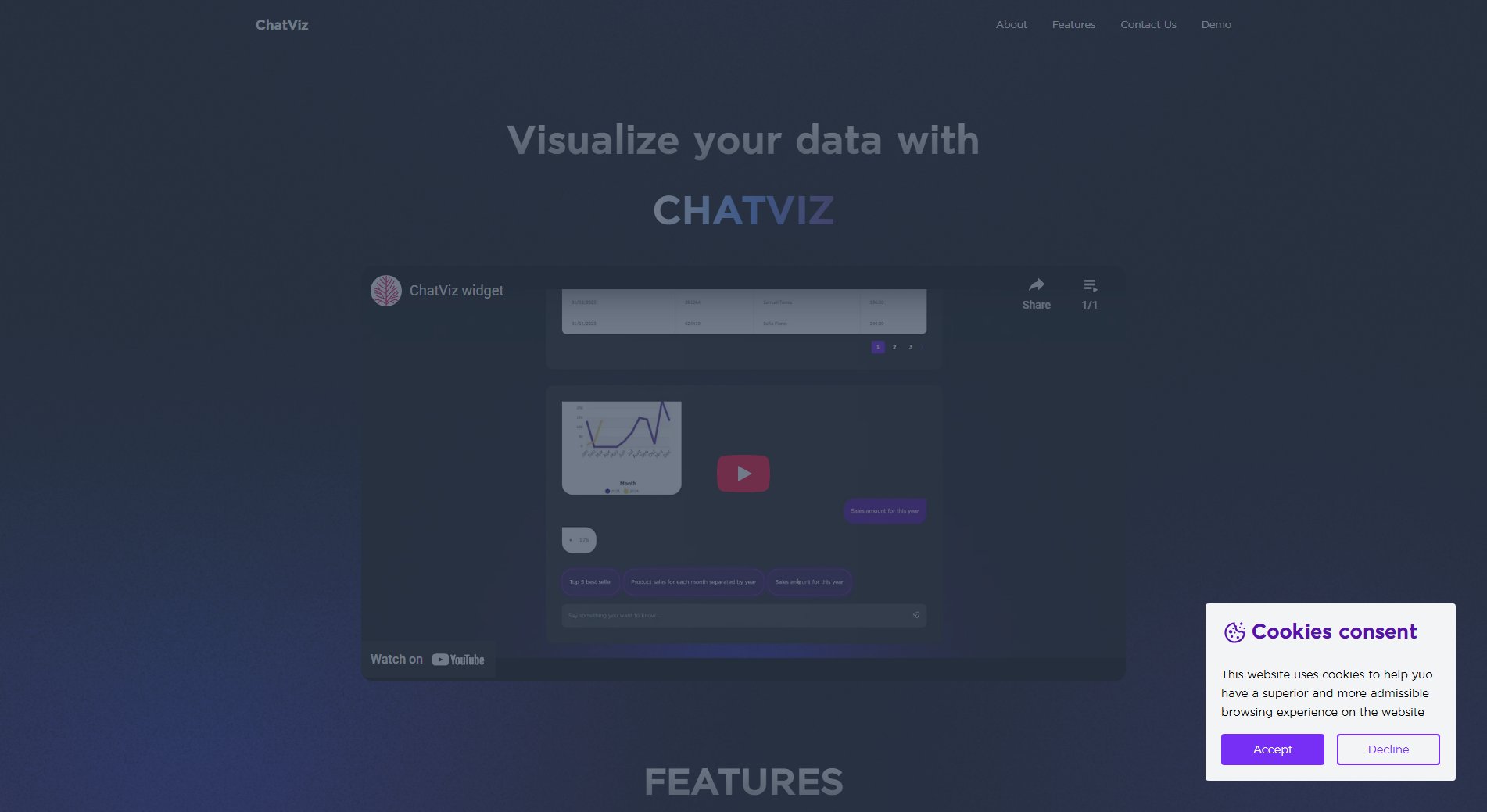Databuddy
Privacy-first web analytics for devs, GDPR-compliant & lightweight
What is Databuddy? Complete Overview
Databuddy is a privacy-first web analytics tool designed as a lightweight alternative to Google Analytics. It provides developers with fast, accurate insights while ensuring 100% GDPR compliance without requiring cookie banners. Databuddy focuses on tracking user behavior without collecting personal identities, making it ideal for businesses and developers who prioritize data privacy and transparency. The tool is energy-efficient, with a significantly lower carbon footprint compared to traditional analytics tools. It offers real-time dashboards, data ownership, and is trusted by teams and developers worldwide.
Databuddy Interface & Screenshots
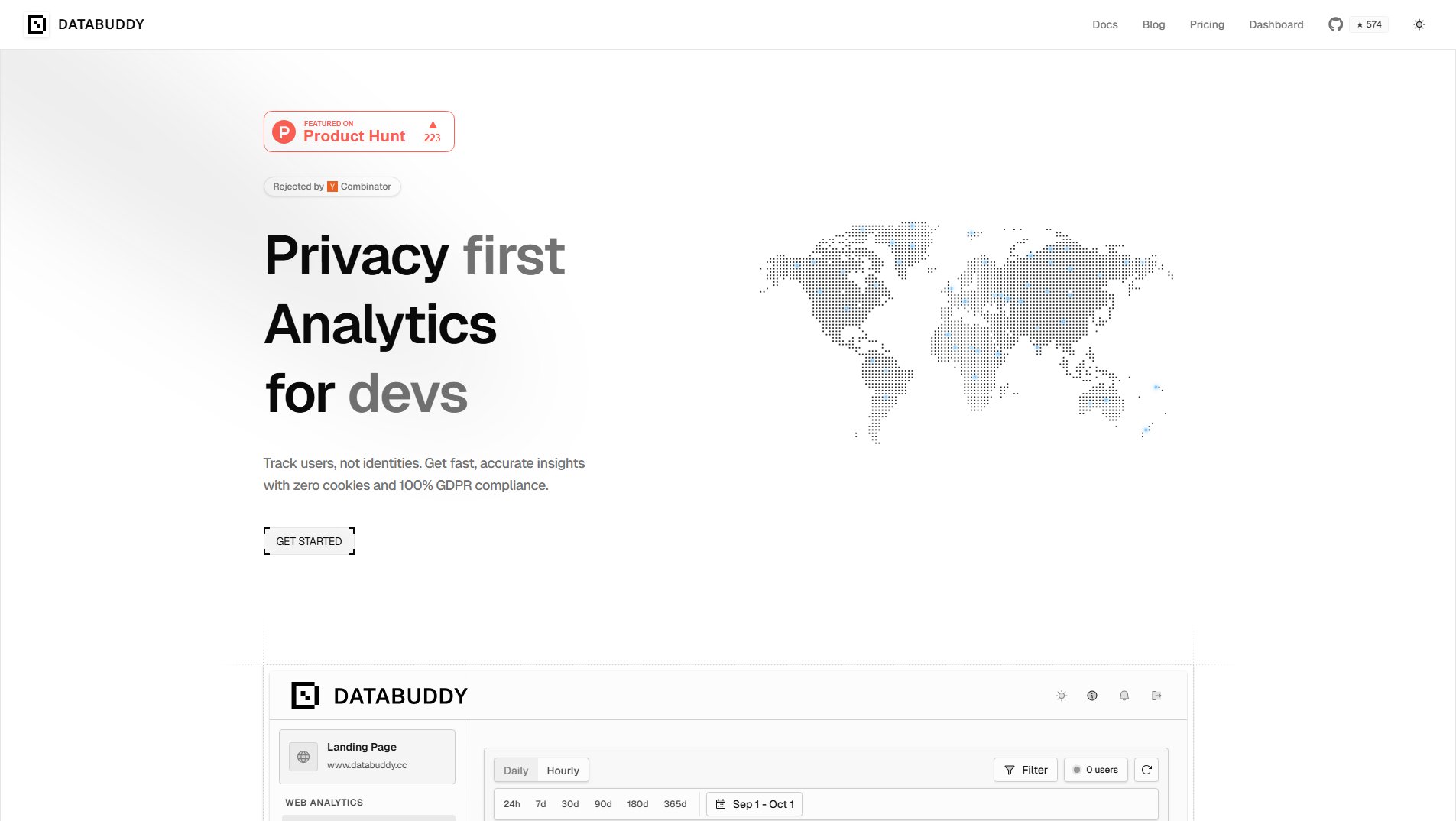
Databuddy Official screenshot of the tool interface
What Can Databuddy Do? Key Features
Privacy First Approach
Databuddy is built with GDPR and CCPA compliance in mind, eliminating the need for cookie banners and reducing legal risks. It ensures user data is tracked without compromising privacy, fostering trust and transparency.
Real-time Analytics
Get instant insights with live dashboards that help you make data-driven decisions quickly. Monitor user behavior, traffic sources, and other key metrics in real-time without delays.
Data Ownership
Retain full control over your valuable business data. Unlike other analytics tools, Databuddy does not sell or share your data with third parties, ensuring complete ownership and security.
Energy Efficient
Databuddy is up to 10x more eco-friendly than traditional analytics tools, with a significantly lower carbon footprint. Its lightweight design minimizes energy consumption without sacrificing performance.
Transparency
No hidden fees or data games. Databuddy offers clear, straightforward pricing and operations, ensuring you always know what you’re getting and how your data is handled.
Lightweight
At just 3 KB, Databuddy is incredibly lightweight, ensuring fast loading times for your website. It requires no cookies, fingerprinting, or user consent, simplifying implementation and improving performance.
Best Databuddy Use Cases & Applications
E-commerce Websites
E-commerce businesses can use Databuddy to track user behavior, analyze conversion rates, and optimize their websites for better performance—all while ensuring GDPR compliance and protecting user privacy.
Developers & Startups
Developers and startups benefit from Databuddy’s lightweight, privacy-focused analytics to understand user engagement without the complexity and legal risks associated with traditional tools like Google Analytics.
Content Creators
Bloggers and content creators can use Databuddy to monitor visitor traffic, popular content, and reader engagement without intrusive tracking or cookie banners, ensuring a seamless user experience.
How to Use Databuddy: Step-by-Step Guide
Sign up for a Databuddy account on the official website and choose a plan that suits your needs (Free, Hobby, Pro, or Scale).
Generate your unique tracking code from the dashboard. This code will be used to integrate Databuddy with your website or application.
Add the tracking code to your website’s HTML header. The lightweight script ensures minimal impact on your site’s performance.
Start receiving real-time analytics data in your Databuddy dashboard. Monitor user behavior, traffic sources, and other key metrics instantly.
Databuddy Pros and Cons: Honest Review
Pros
Considerations
Is Databuddy Worth It? FAQ & Reviews
Databuddy is privacy-first, GDPR-compliant, and lightweight (3 KB), with no cookies or fingerprinting. Unlike Google Analytics, it doesn’t slow down your site or require cookie banners.
No, Databuddy is designed to work without cookies or fingerprinting, so no consent banners are required for GDPR or CCPA compliance.
The free plan includes 10,000 events/month, unlimited websites, and community support. It’s perfect for small projects or testing the platform.
Implementation is simple—just add the lightweight tracking code to your website’s header. No complex setup or configurations are needed.
